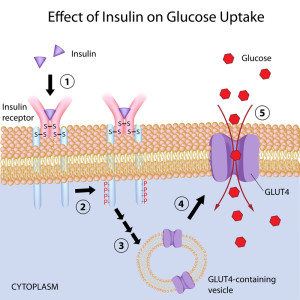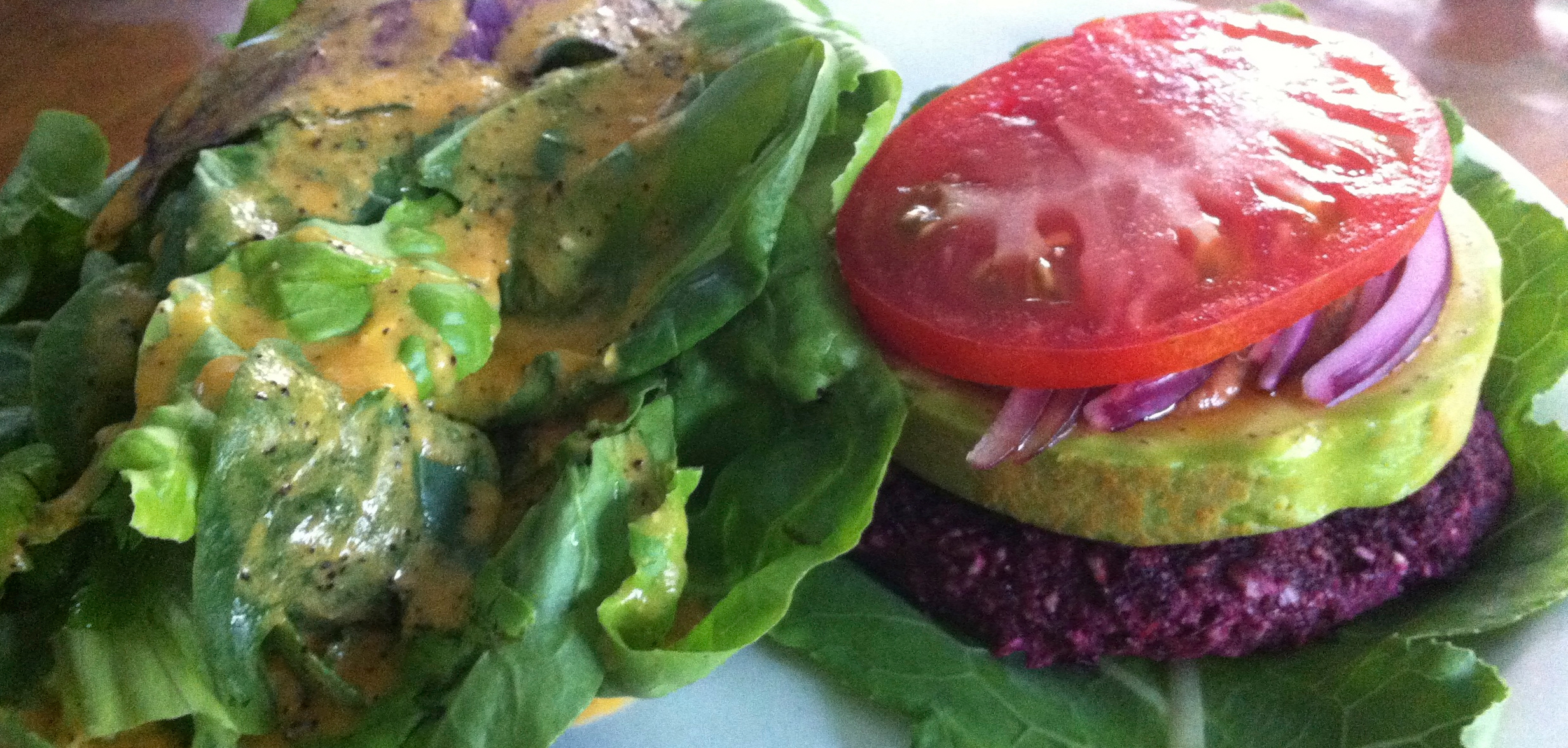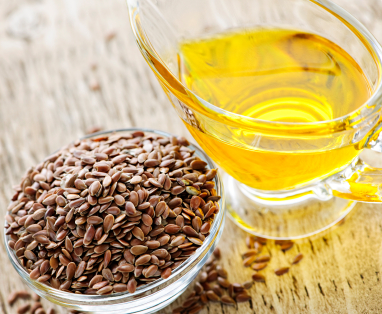EP #041: Natural Living
Toss Your Pharmaceutical Drugs and Adopt a Natural Lifestyle
No matter how long you have been taking drugs or for what reason, it is never too late to quit them. Some drugs, like insulin or thyroid medications, are life-saving and may be reduced to a lesser dosage, but many common drugs for high blood pressure, cholesterol, diabetes, depression, anxiety, and ADHD can be completely eliminated with the help of whole food nutrition, supplements, counseling, and an active lifestyle, including: opiates, benzodiazepine, selective serotonin reuptake inhibitors (SSRIs), stimulants, statins, Ace inhibitors, calcium channel blockers, and diabetes drugs.
Why Eliminate Drugs?
Side Effects, Nutrient Deficiencies, Liver Damage, and Brain Inflammation
Adverse effects of drugs are referred to as “side effects,” as if they are somehow lesser than their intended effects. This is misleading. Drugs have many effects, intended helpful ones and unintended, adverse ones. Their unintended, adverse effects often require treatment with even more drugs, creating a downward spiral of adverse effects. For example, statins are used to treat high cholesterol, but damage the liver and muscle cells causing elevated liver enzymes, muscle pain, and increased blood sugar. Benzodiazepines, opiates, and simulants are used to treat mental health problems, but are highly addictive and cause other mental and physical problems. Steroids, SSRIs, and insulin all cause weight gain. All these so-called “side effects” generate new health problems that may be worse than the problem they were originally meant to address and may even make the original problem worse.
In addition to adverse effects, drugs are toxic and generate liver damage, brain inflammation, and nutrient deficiencies. The most common nutrient deficiencies are B vitamins, magnesium, and CO Q10.
Eliminating Pharmaceutical Drug Use and Dependency
Switching from drug dependence to a natural lifestyle will involve breaking bad habits and establishing good ones. This is possible because of the neuroplasticity of the brain, but it requires a scientific approach and an appropriate method as well as courage and determination.
Below we review the different steps involved in the process of drug dependence and how we address it at HNRC.
1. Drug Dependence
Dependence to a medication can be as trivial as the psychological reassurance that you are “normal” and “safe,” such as when taking a blood pressure medication, or it can be totally destructive, such as when consuming medications for mental health. Death by overdoses of benzodiazepines, opiates and anti-depressants keeps climbing, as our society provides the perfect cradle for anxiety and depression, and uses these drugs to “treat” them.
2. Resistance to change
Habits are “hard-wired” by neural pathways in the brain. They are learned through repetition and become unconscious as neural pathways are formed, freeing the brain to “concentrate” on other non-habit driven activities. Habits are unconscious and supported by neural pathways in the basal ganglia of the brain, whereas the prefrontal cortex area is the seat of our conscious higher self, where we “think,” control impulses, and make decisions. Pharmaceutical drugs are habit forming and these habits tend to overpower the ability of the higher self to be in control.
3. The negative bias of the brain
The brain can store one single negative event and recall the fear associated with its memory in any similar situation to protect us from experiencing another trauma. This characteristic of the brain is blamable for PTSD and it is in the way of change. Taking pharmaceutical drugs may be associated with any fear or hope and these feelings may interfere with the cessation of taking the drug.
4. Attachment to the past and fear of the future
Depression and anxiety go hand in hand depriving us from experiencing the present time. Depression can be viewed as attachment to the past and anxiety as fear of the future. There is safety in the known and unsettlement in the unknown
Mastering Your Change to a Natural Lifestyle
1. Go away for a healthy vacation or a retreat
To transition to a natural lifestyle, it is important to get support from a doctor experienced in the process of weaning off pharmaceutical drugs. A stay in a facility is recommended to wean off addictive drugs for mental health. Eliminating cues triggering bad habits and living in a supportive environment facilitates the formation of new habits.
2. Overcoming resistance to change
At our clinic we address both the physiological and psychological aspects of transitioning to a drugless lifestyle. We treat nutrient deficiencies, liver injury, and brain inflammation with an anti-inflammatory, plant-based diet, supplements, in particular Omega 3 fatty acids from fish oil or flax seed oil, and IV therapy. To address the psychological aspects, we teach the practice of mindfulness. Mindfulness brings the attention to the present avoiding the tricks of the depressed or anxious mind taking us to the past or the future
3. Breaking your bad habits, stage 1 detoxification
Mechanisms of drug toxicity have been studied and show that even at the prescribed dosage, drugs are toxic to the liver, heart, and kidney. Detoxification at the cellular level is the first step to ensure a successful transition to a natural lifestyle. We accomplish detoxification with diverse procedures: coffee enemas, which increase the production of glutathione in the liver; colon hydrotherapy, which removes plaque accumulated in the colon; juices, that remove byproducts of drugs metabolized and stored in the tissues; and the sauna, which removes chemicals and heavy metals through sweat.
4. Forming new habits, stage 2 MAP
MAP stands for Motivation, Awareness, Practice, the 3 pillars of the mindset for a successful change. Going to the gym rather than grabbing a pill for high blood pressure, or making a salad at home rather than stopping at the convenience store, is going to require a conscious determination, proper dealing with cues, and rewarding yourself to create the neural path that will support your new habit.
Motivation and rewards work hand and hand. Awareness through looking at the numbers going down on your scale or glucometer and feeling energized will fuel your desire to continue your healthy path. The practice of repetition is the essence of learning and the new habits will have to be consciously repeated over time until they come spontaneously. Awareness is the container in which it is all happening. If you have signed up for a gym and never made it there or failed many times in your New Year resolutions, we can help.





